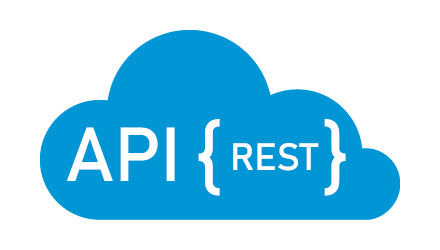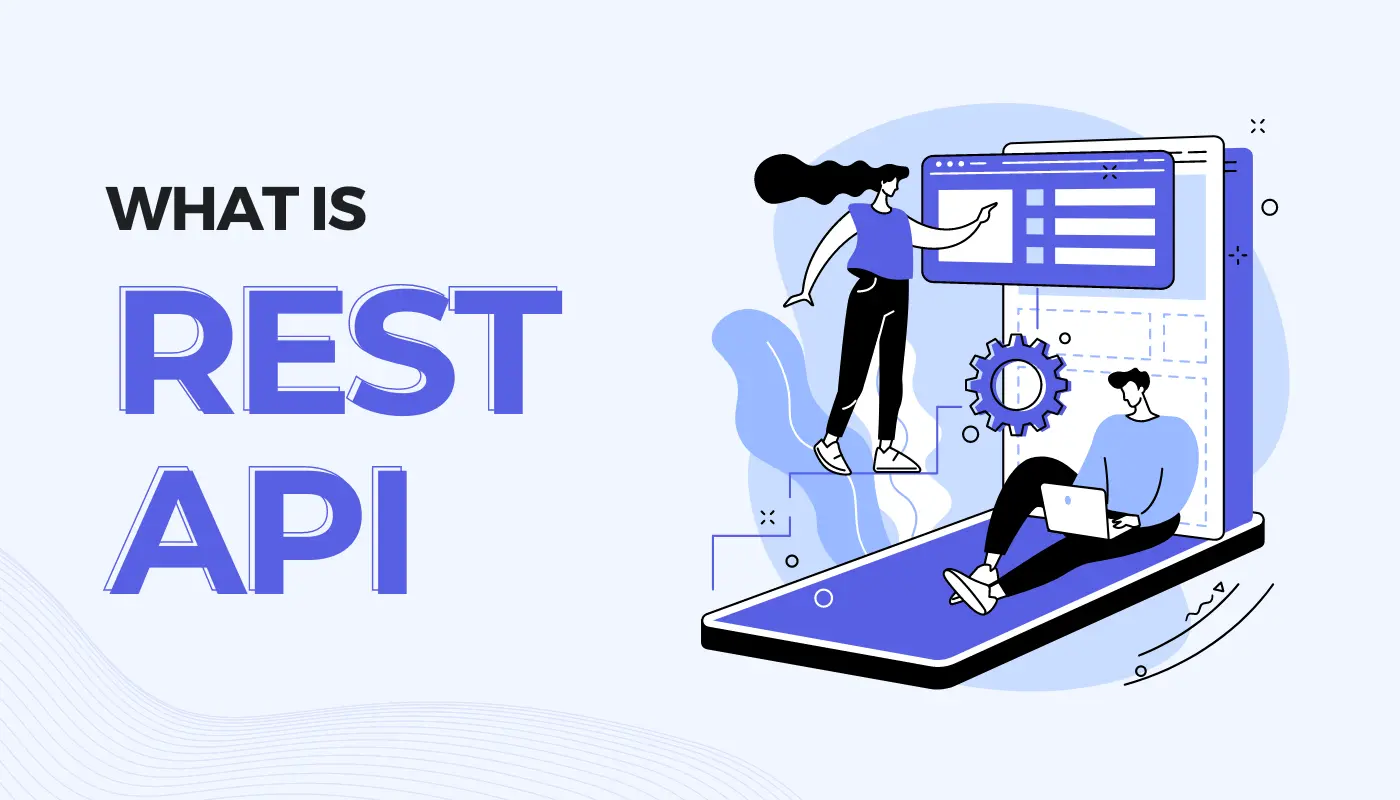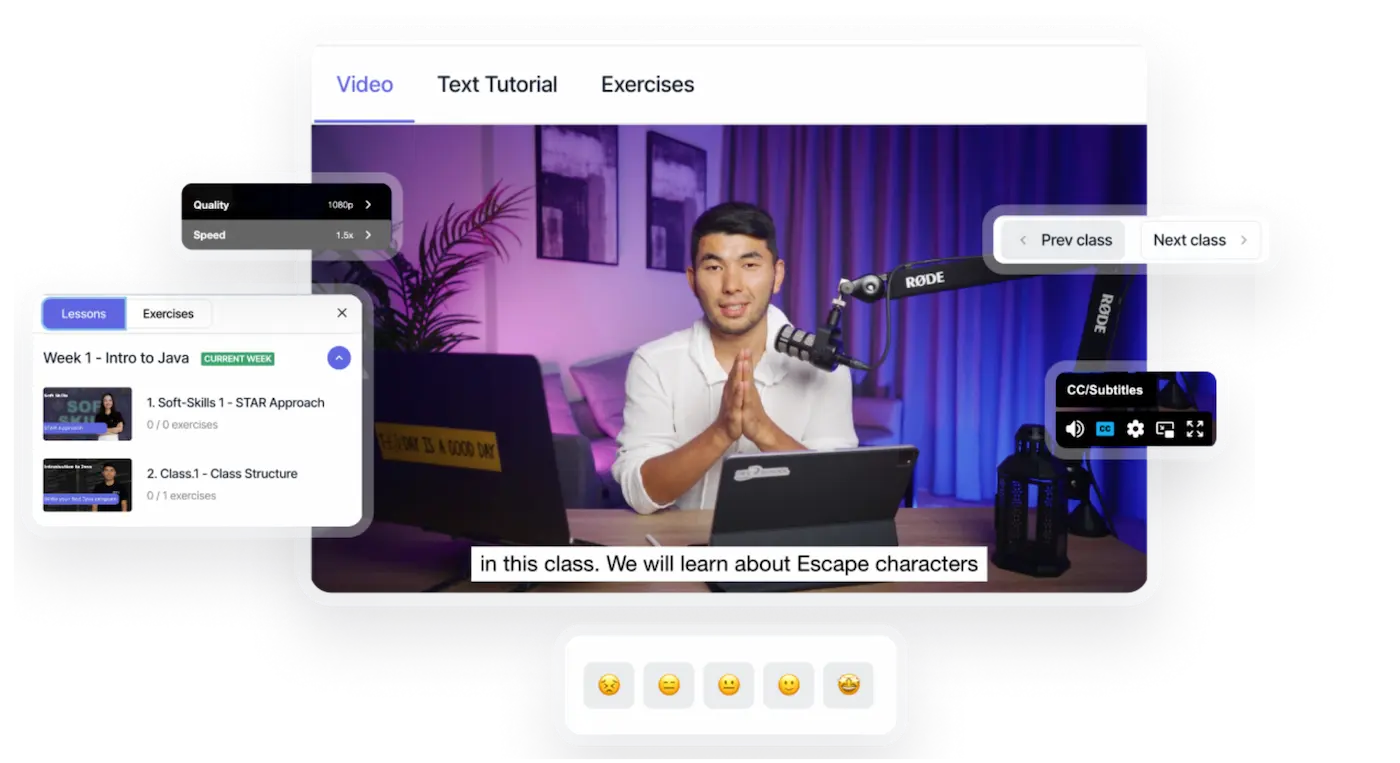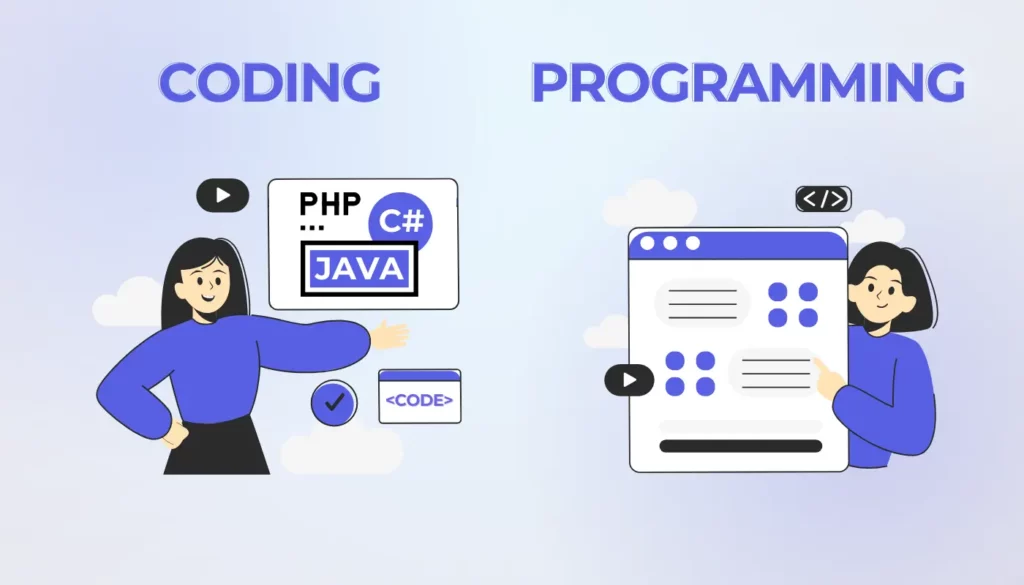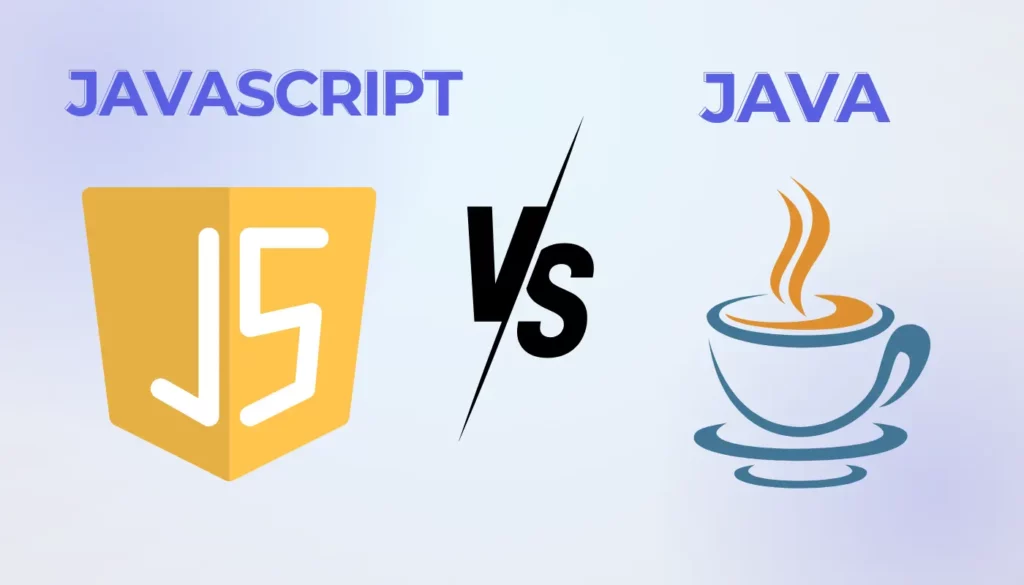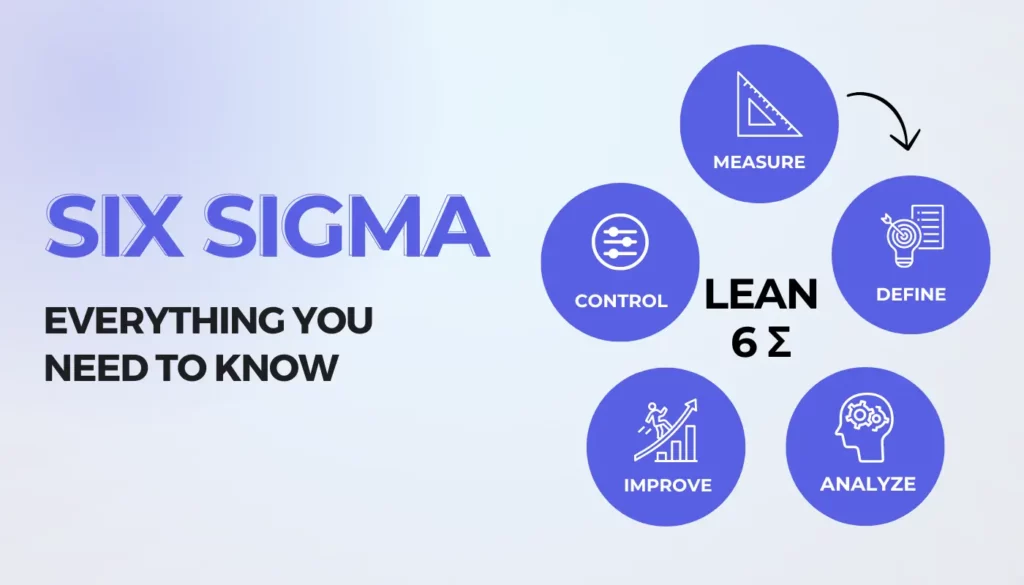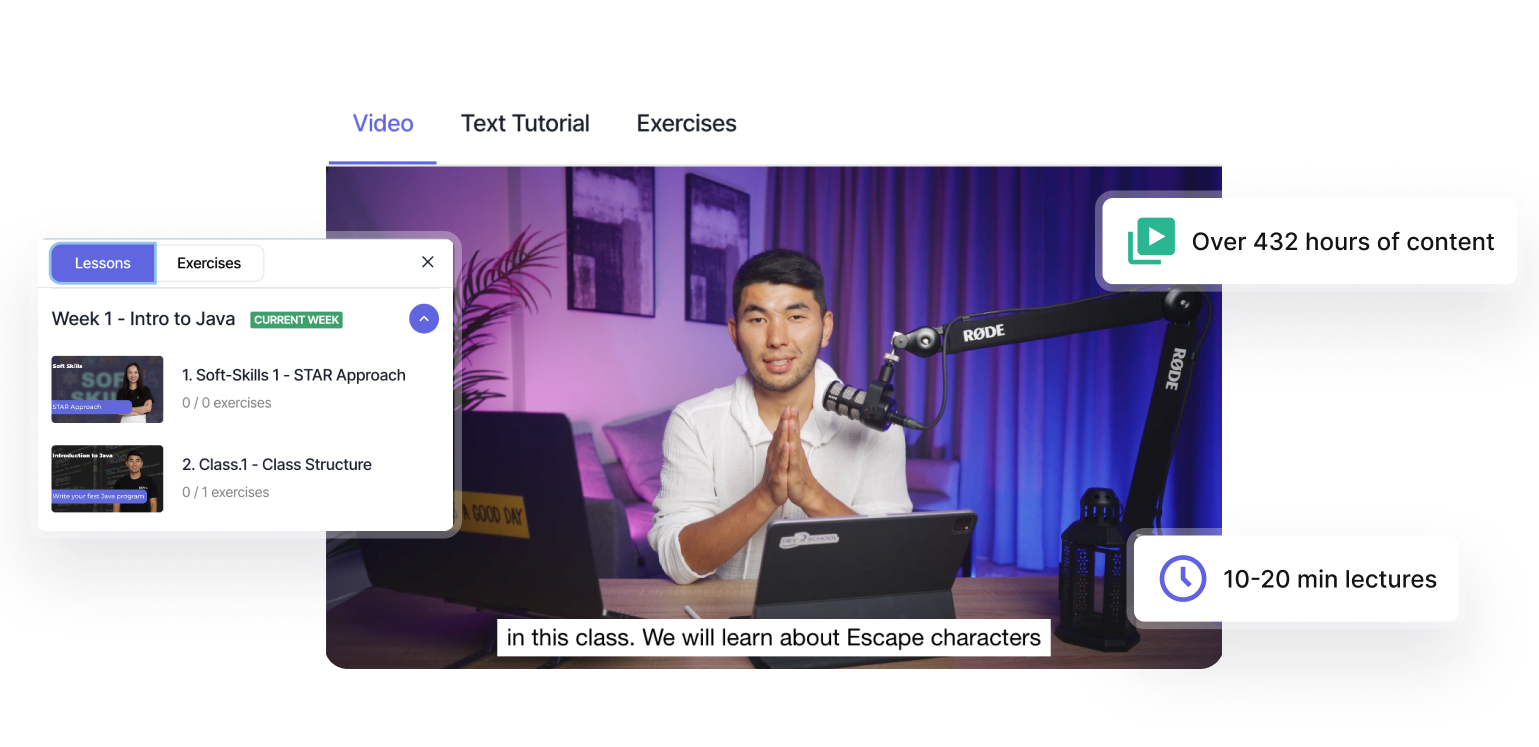In the era of digital advancement, the seamless exchange of data between systems holds paramount significance. Integrations serve as the linchpin in facilitating the harmonious collaboration of software applications, ensuring optimal efficiency and effectiveness. A technique that has garnered substantial acclaim in recent times is the utilization of REST APIs. Within this all-encompassing guide, we will delve into the essence of a REST API, unravel its functioning intricacies, and decipher the reasons behind its indispensability in the realm of software development.
Understanding REST APIs
Before delving into the intricacies of REST APIs, let’s first familiarize ourselves with some key terms:
- Client: The client, in this context, alludes to the individual or software program employing the API to engage with an application. For instance, your web browser seamlessly transforms into a client as it engages with assorted APIs to procure content from diverse websites.
- Resource: A resource serves as a fragment of information that an API can furnish to the client. It encompasses a spectrum, ranging from a user profile, an image, a post, or any other dataset that the API holds the potential to access. Each resource boasts a distinctive identifier that sets it apart.
- Server: The server occupies the realm of the application that receives requests from clients and houses the reservoir of resources that cater to the clients’ needs. The server, equipped with an API, enables interactions with clients while safeguarding the sanctuary of its underlying database.
With these foundational concepts in our toolkit, we can now pave the way for defining the crux of the matter – a REST API. The acronym REST, embodying Representational State Transfer, serves as the beacon guiding software applications in their communication voyage across the vast expanse of the Internet. A REST API, also known as a “RESTful” API, stands as a specific subtype of API meticulously adhering to these guiding principles.
The bedrock philosophy of a REST API resides in furnishing a uniform conduit for clients to requisition resources from a server. When a client dispatches a request to a REST API, the server reciprocates by furnishing the present state of the requested resource in a standardized format, thus realizing the essence of the REST API architecture.
To illustrate this concept, let’s consider an example. Suppose you want to build a program that integrates with YouTube. Your program, acting as the client, can make requests to YouTube’s REST API to retrieve information about a specific video. The API will then respond with the current state of the video, including attributes such as the video name, publishing date, view count, and video link. This information is packaged in a format that your program can easily interpret and use. Additionally, your program can utilize the API to post a video to your personal YouTube channel, thereby adding a new resource.
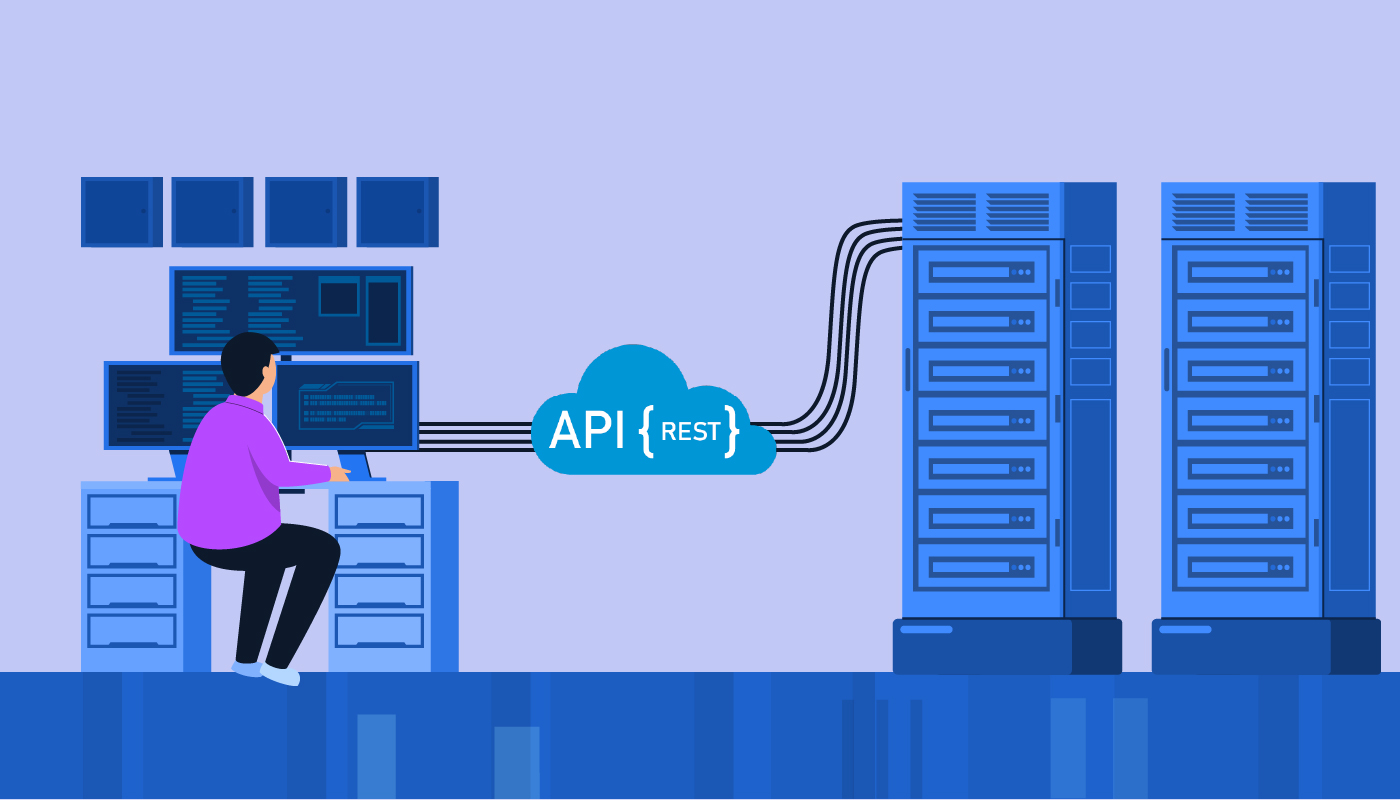
The Six Rules of REST APIs
REST APIs are designed to provide fast and versatile functionality. To achieve this, they adhere to six essential rules:
1. Client-Server Separation
Under the REST architecture, the client and server interact in a one-way manner. The client sends a request to the server, and the server responds accordingly. This separation ensures that the two entities remain independent, allowing client software to evolve without impacting other servers and enabling server modifications without affecting clients.
2. Uniform Interface
REST APIs require requests and responses to follow a common protocol or formatting method. This uniform interface allows clients to communicate with any REST API using a standardized language. The most commonly used protocol for REST APIs is HTTP (Hyper-Text Transfer Protocol), which provides a set of methods for different actions a client can take on a resource. These methods include GET (to retrieve a resource), POST (to create a new resource), PUT (to update an existing resource), and DELETE (to delete a resource).
3. Stateless
REST API interactions are stateless, meaning that each request and response is independent. The server does not retain any information about past requests, treating each interaction as a new request. This statelessness reduces the server’s memory requirements and improves response times, making REST APIs highly scalable.
4. Layered System
REST APIs are designed to function seamlessly even when additional layers, such as security or traffic handling servers, are introduced between the client and the target server. These layers do not affect the core request-response process, ensuring that the client-server interaction remains consistent regardless of the underlying infrastructure.
5. Cacheable
Caching plays a vital role in REST APIs. When a server sends a response to a client, it can indicate whether the provided resource can be cached and specify the duration of caching. Caching allows clients to store data locally, reducing the need for repeated server requests and improving performance.
6. Code on Demand (Optional)
The final rule of REST APIs is optional and allows APIs to include computer code in their responses. This empowers clients to execute the code on their own backend, providing additional flexibility in how the API is utilized.
By adhering to these rules, a REST API can be considered truly RESTful, offering developers the freedom to customize its functionality while maintaining a consistent structure.
AI POWERED
CODING PLATFORM
- DEVXAI ASSISTANT
- 300+ CODING EXERCISES
- REAL-LIFE CODING EXERCISES
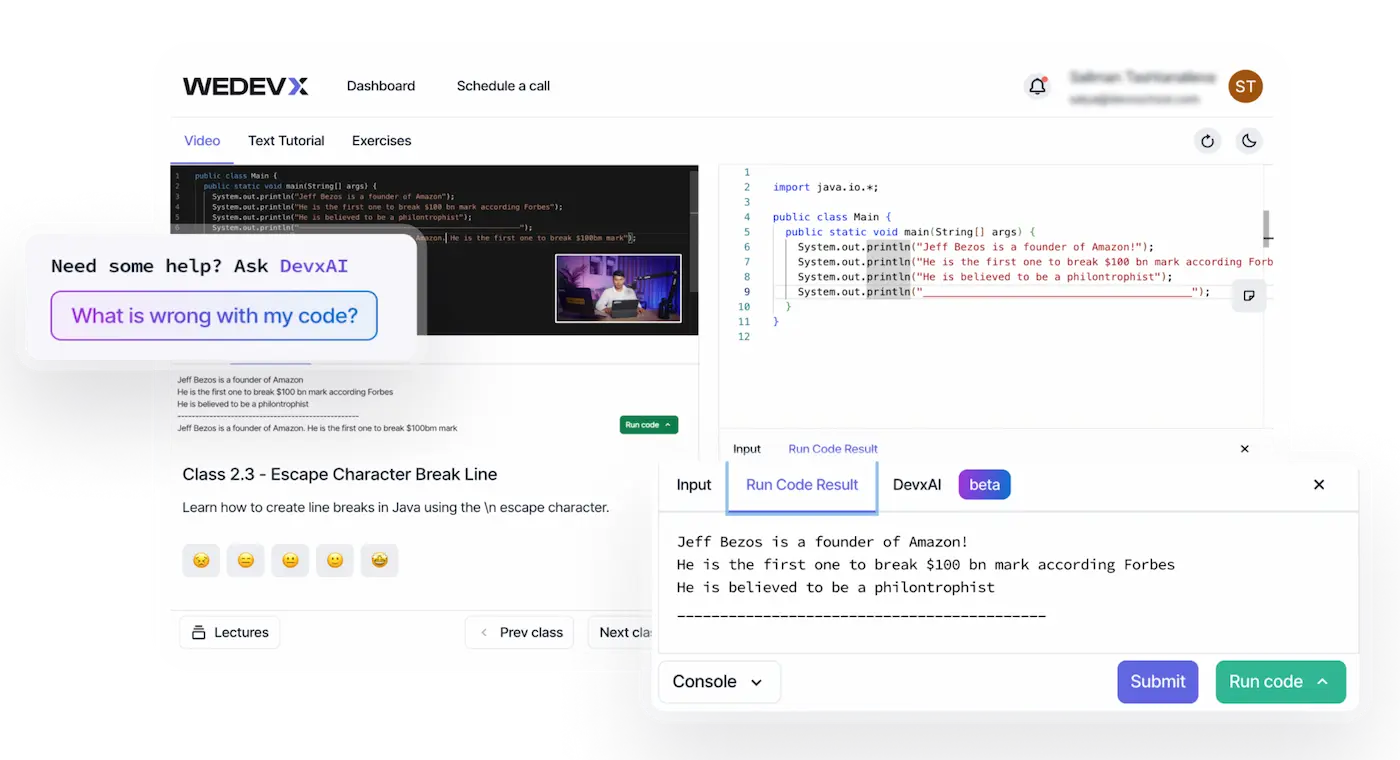
REST API vs. SOAP API
When discussing REST APIs, it’s essential to understand their key differences from SOAP APIs, another popular method for building web applications.
The main distinction between REST and SOAP lies in their underlying principles. REST is a set of guidelines, while SOAP is a protocol. REST APIs can be built using various methods, including HTTP, URLs, and JSON, providing greater flexibility and simplicity compared to SOAP. SOAP, on the other hand, relies solely on XML for data transmission.
REST APIs offer a more efficient and streamlined approach compared to SOAP. They require less code to accomplish tasks and are more adaptable to changing requirements. While REST APIs provide guardrails for API design, they allow developers to make choices that best suit their specific needs.

Benefits of REST APIs
REST APIs have gained widespread adoption because of the numerous benefits they offer. Here are some key advantages of using REST APIs:
Flexibility
REST APIs are highly flexible, capable of handling a wide range of requests and supporting various data formats. This flexibility makes them compatible with different software applications and simplifies the integration process.
Scalability
REST APIs are designed to facilitate communication between software applications, regardless of their size or capability. As a web application grows and adds more resources, its REST API can handle the increasing volume and diversity of requests efficiently.
Easy Integration
REST APIs harness the power of pre-existing web technologies, resulting in a construction process that is refreshingly straightforward and user-friendly. To summon a resource through a REST API, one merely has to furnish its URL. This streamlined approach to integration not only simplifies the development journey but also entices developers to embrace REST APIs for their projects, promising a seamless experience.
Extensive Industry Adoption
The extensive acceptance of REST APIs is palpable, with numerous eminent web and cloud enterprises, such as Facebook, YouTube, Twitter, and Google, adopting them as the bedrock of their operations. This widespread adoption stands as a resounding testament to the effectiveness and worth of REST APIs in crafting robust and scalable applications that resonate with the digital landscape.
How to Use a REST API
To harness the capabilities of a REST API, the compass often points to the documentation provided by the application or service wielding the API. Many web applications boasting public APIs proudly showcase a designated “developers” enclave on their websites, a treasure trove of meticulous directives on accessing and unleashing the prowess of the API.
Engaging with REST APIs frequently entails the necessity of an API key. This unique identifier, generously bestowed by the API provider, serves as the golden ticket granting access to their realm. The API key assumes the role of a companion, accompanying client requests and introducing them to the server. Safeguarding this key is of paramount importance, shielding it from prying eyes to avert the specter of unauthorized access and potential misemployment.
For the uninitiated, navigating the realm of a public API finds a stalwart ally in tools like Postman. This versatile toolset empowers you to construct HTTP requests with precision and observe the ensuing responses. By experimenting with diverse HTTP methods and URLs, you unravel the fabric of the API’s capabilities and glean insights into its intricate behavior, laying the foundation for an enlightening journey of discovery.
Examples of REST APIs
REST APIs are ubiquitous on the web, and you might have encountered them without even realizing it. Here are a few examples of popular REST APIs:
- Twitter API: The Twitter API enables third-party applications to read and write data from the platform. It allows developers to post tweets, share tweets, read user profiles, and analyze large amounts of tweet data.
- Instagram Basic Display API: This API provides access to Instagram user information, photos, and videos. Developers can utilize this API to integrate Instagram content into their own applications.
- Spotify Web API: The Spotify Web API allows clients to request information about artists, songs, albums, and playlists on the Spotify platform. It also supports actions such as adding songs to playlists and controlling music playback.
- HubSpot APIs: HubSpot offers a range of APIs designed to enhance its marketing software and facilitate integration with other tools. These RESTful APIs allow businesses to add advanced functionality to their HubSpot accounts and streamline their workflows.
These examples demonstrate the versatility and wide-ranging applications of REST APIs in different industries.
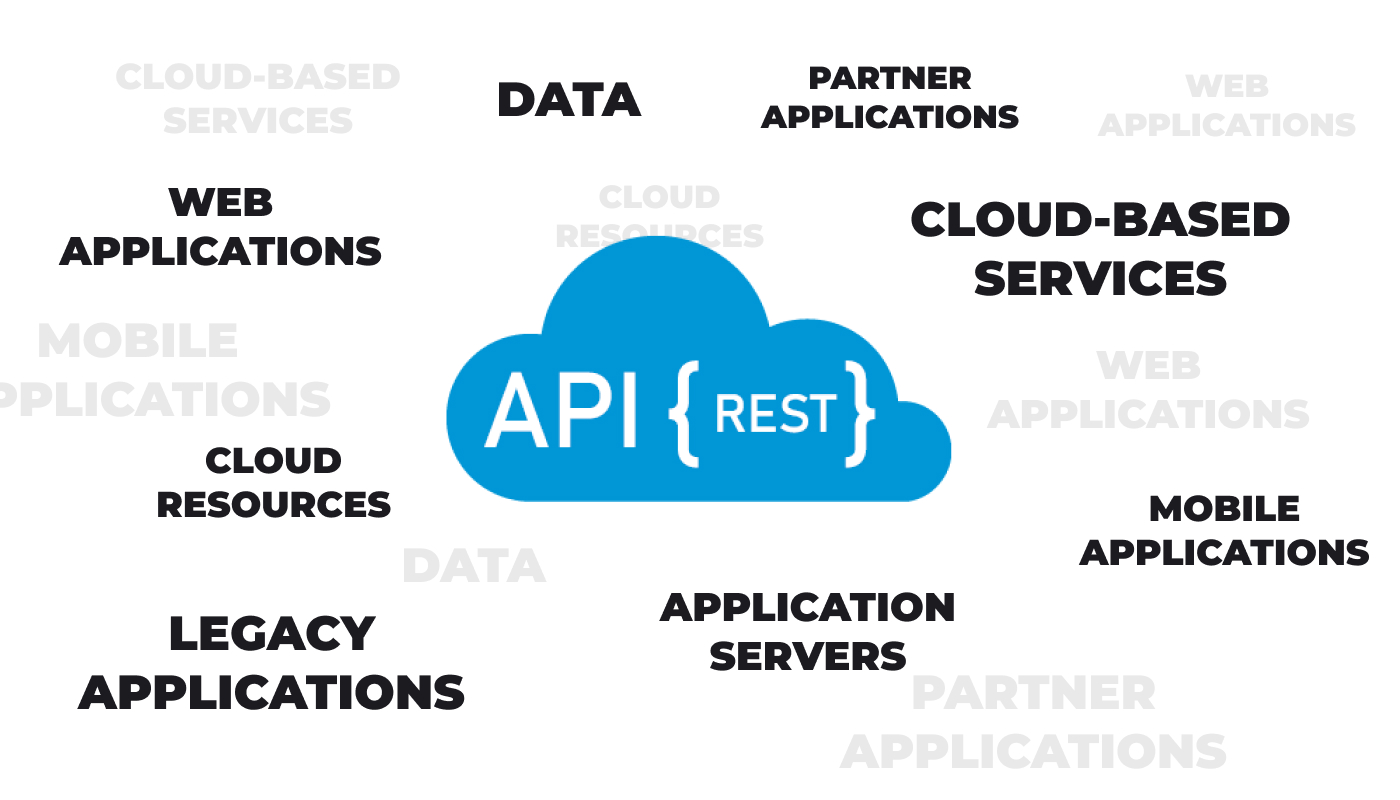
The Future of REST APIs
In the grand tapestry of software development, REST APIs have emerged as the weavers of transformation, heralding an era where web-based communication finds its zenith. As we peer into the horizon, it becomes evident that REST APIs are not only architects of the present but also architects of what is yet to come.
Their role as conduits for seamless integration and harmonious data exchange across a spectrum of applications, irrespective of their size or complexity, has firmly etched REST APIs as the cornerstone of industry norms.
In the ever-evolving symphony of online platforms and software tools, REST APIs stand as a beacon of scalability and efficiency. They present an elegant solution for constructing innovative systems that align with the fluid dynamics of the digital age. Whether you don the mantle of a developer seeking to forge interconnections between your creation and other software entities, or you stand as a business yearning to harness the power of integrations, REST APIs stand unwavering, a trusty vessel for navigating the seas of possibility.
In summation, REST APIs furnish developers with the keys to erecting robust and expansible applications by harnessing the very fabric of established web technologies. In their wake, they unfurl a panorama of flexibility, scalability, and widespread industry embrace, thereby cementing their status as an inextricable element of modern software craftsmanship. As the digital realm unfurls its canvas, the brushstrokes of REST APIs remain steadfast, weaving together the threads of seamless data integration and collaborative innovation.
To further your odyssey through the realms of REST APIs and unearth their real-world implementations, the sanctuaries of comprehensive documentation offered by an array of API providers beckon your exploration. And as the currents of technological evolution surge, consider partaking in the nurturing embrace of distinguished coding boot camps and resources such as Wedevx, where your coding prowess is honed and your resonance with the latest industry revelations is impeccably fostered.
